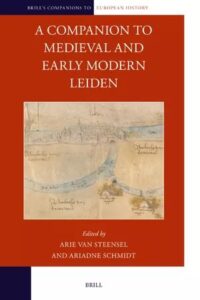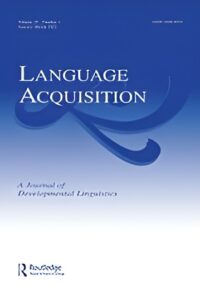The Dutch city of Leiden experienced economic and demographic growth from the last quarter of the sixteenth century onwards. This article analyses its effects on the urban private housing market by charting both the ratio of owners to tenants and the spatial patterns of housing wealth. Housing inequality increased in Leiden, reinforcing existing economic disparities and patterns of residential segregation. These dynamics were mainly caused by migration, which created great demand for housing. Gaining an insight into the pre-modern housing market also helps us to understand how inequalities were (re)produced and how they affected the daily lives of urbanites differently.
Housing inequality and social segregation in Leiden, 1561–1606




